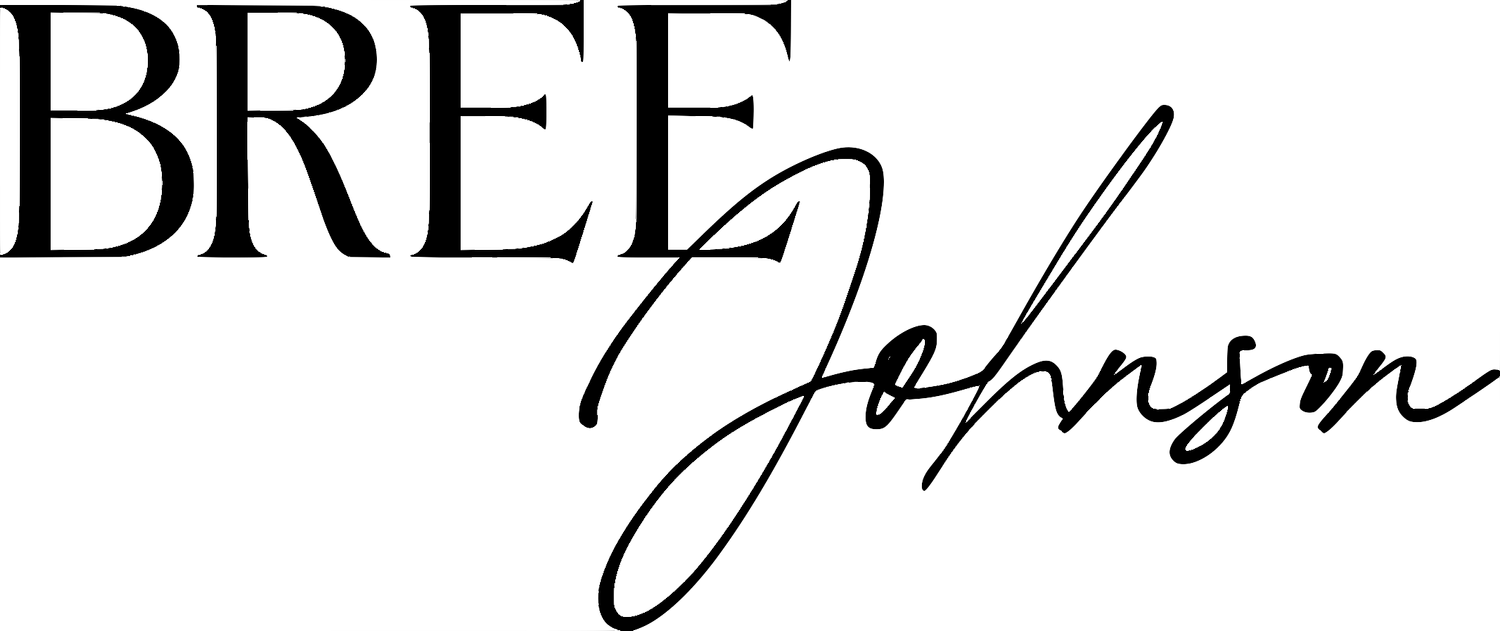Enhancing Employee Wellbeing With Companies That Care
In the ever-evolving corporate world, major companies are prioritizing employee wellbeing by investing in the role of Chief Wellness Officer and dedicated wellness departments. This strategic move not only improves employee engagement but also equips companies with the adaptability required in the face of remote or hybrid work settings. Successfully executed wellness initiatives contribute to an enriched work culture, ultimately impacting the business's bottom line positively.
Navigating the Post-Pandemic Workplace
Undoubtedly, the workplace continues to grapple with the ripple effects of an unprecedented pandemic. Debates surrounding remote and hybrid work persist, hindering return-to-work initiatives. Traditional networking and company events, once crucial for connecting people and departments, have waned, leading to a decline in employee satisfaction.
Employees, having weathered the hardships of the pandemic, now prioritize work-life balance and seek more meaningful and fulfilling work environments. Those companies failing to meet these expectations are witnessing a mass exodus of talent.
Addressing the Impact on Employee Health
For companies genuinely concerned about their employees, it's no longer just about productivity and output. Groundbreaking research has established a direct link between harmful work stress and various diseases, including cancer, autoimmune conditions, and heart disease.
Toxic leadership and unhealthy work environments are also perceived as detrimental to health, presenting significant obstacles in attracting and retaining top talent. If a company fails to take action to remedy these issues, quiet or even loud quitting reverberates and businesses suffer as a result.
Strategies for Small to Mid-Size Businesses
While industry giants like Aon, AT&T, and even the CIA have introduced C-level and VP-level roles dedicated to employee well-being, many smaller companies face practical challenges in adopting similar structures. The financial constraints associated with creating additional C-suite roles or offering competitive compensation packages can be prohibitive.
Recognizing this gap, Executive Unschool is a comprehensive solution for leaders, departments, and companies. Our science-backed programming and workshops promote enhanced employee wellbeing through proven personal and professional development initiatives, providing ongoing resources to achieve mutually beneficial outcomes for both employees and the organization.
As one executive shared about our signature 8 week program, “I don’t say this lightly, what I’m learning through the work with you is (very literally) saving my quality of life. I can’t thank you enough for introducing this work and allowing us to participate in this journey. This is life changing.”
Traditional ways of engaging employees in wellbeing and mindfulness, such as lunch and learns, required modules, or confusing EAP offerings, are no longer working to truly improve the lives of employees. Many employees feel those activities are performative, and worse, they are concerned about being penalized for not being productive during that time.
Executive Unschool is different. Our programs feature a mastermind style environment where a group communes together over several weeks to learn and grow together. This depth of connection enables greater connection to self, to work, and to the greater workplace community.
Adapting to Modern Workplace Dynamics
In today's dynamic workplace, with employees expressing new demands and desires regarding their work experiences, companies and leaders must be agile in responding to changing demands. Investing in employee wellbeing not only helps organizations reach their goals more efficiently but also allows them to exceed expectations. It's a true win-win for companies that genuinely care about the welfare of their employees.
If you want to know more about Executive Unschool’s corporate programming, you can reach out to us here.
